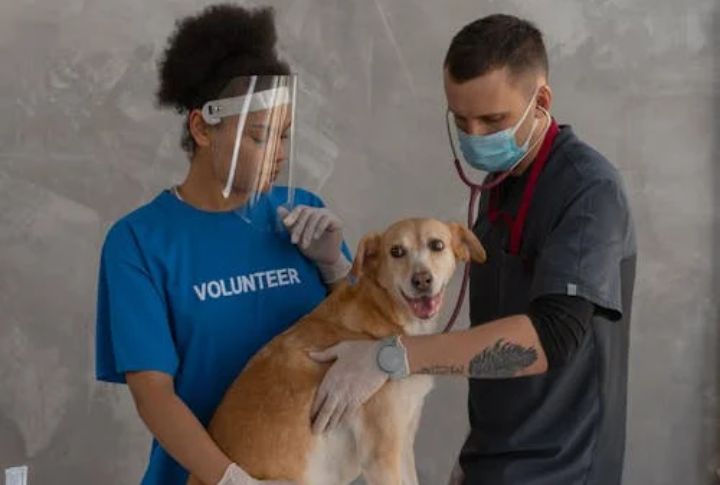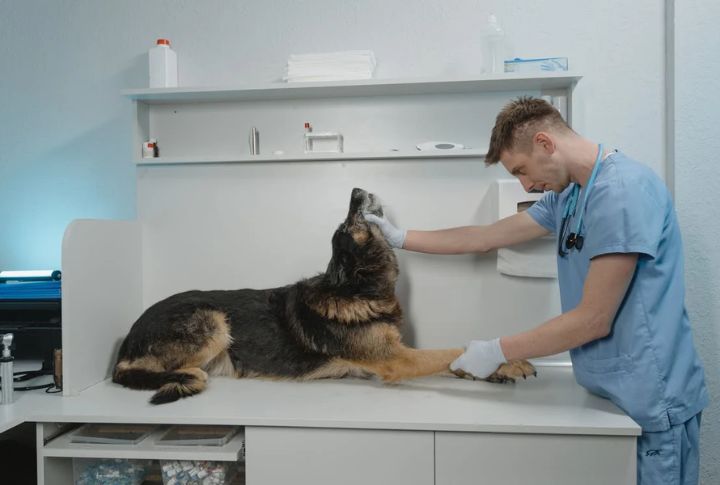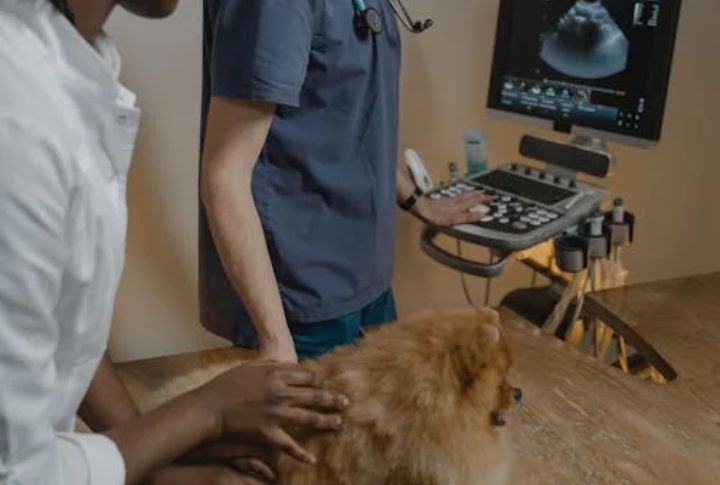10 Cancer Symptoms In Dogs That Are Easy To Miss

Cancer is one of the leading causes of death in dogs, and early detection can make a key difference in treatment and quality of life. Unfortunately, many signs are easy to overlook or mistake for minor issues. Recognizing early warning signs gives you the chance to address issues before they escalate. Here are 10 subtle symptoms that often go unnoticed.
Unusual Lumps Or Bumps

Firm or rapidly growing lumps under your dog’s skin can be a warning sign. While not all are malignant, cancerous tumors like mast cell tumors or soft tissue sarcomas often start this way. A vet should examine any mass that changes in size or texture. Fine needle aspiration can help determine if it’s cancerous.
Behavioral Changes Or Depression

A normally active dog that becomes withdrawn or irritable may be reacting to pain or systemic illness caused by cancer. Lethargy or reduced interaction isn’t just mood-related—it can reflect serious health issues. Brain tumors may also alter personality or coordination. If observed, take the dog for neurological exams and MRI scans to uncover hidden causes.
Sudden Weight Loss

Weight loss, without any dietary or activity changes, could indicate cancers that affect the digestive system or organs like the liver. This isn’t due to fat loss alone—muscle wasting can also occur. Dogs may still eat normally, yet continue to lose mass. In such cases, a CBC and abdominal ultrasound can be helpful.
Non-Healing Sores Or Lesions

Wounds that don’t heal after several weeks may be more than skin deep. Skin cancers like malignant melanoma or squamous cell carcinoma often appear as ulcerated, bleeding sores and can be mistaken for minor injuries. A biopsy is the only way to confirm the cause and start treatment early.
Bleeding Or Discharge From Body Openings

When blood is found in the nose, mouth, or ears with no clear injury, it might be related to cancer. Nasal tumors may cause sneezing with blood, while perianal sac adenocarcinoma can lead to hemorrhagic stool or discharge. Chronic ear discharge may also hide a tumor in the ear canal.
Persistent Lameness Or Stiffness

If your dog’s limp doesn’t improve with rest, it could be a sign of bone cancer, particularly in large breeds like Rottweilers or Great Danes. Osteosarcoma often starts in the limbs and spreads quickly. You might also notice pain and swelling around the area. Early X-rays can help spot any issues before the cancer advances.
Changes In Bathroom Habits

Signs of bladder or prostate cancer include difficulty urinating or needing to urinate more often. In females, transitional cell carcinoma is the most common type of urinary tract cancer. Although these symptoms are often linked to urinary infections, urinalysis and imaging can pinpoint the issue.
Abdominal Swelling Or Bloating

A swollen abdomen may indicate fluid buildup from cancer or the growth of internal tumors. Hemangiosarcoma, often affecting the spleen or liver, can cause sudden bloating due to internal bleeding. The swelling may not be painful initially, masking the urgency. If these symptoms appear, take your dog for an emergency ultrasound.
Difficulty Breathing Or Coughing

Labored breathing, wheezing, or chronic coughing could be signs of lung cancer or tumors pressing on the airways. These symptoms often appear when cancer has already advanced, as metastatic spread from other cancers frequently targets the lungs. In this case, a couple of chest X-rays can reveal nodules even before respiratory signs emerge.
Changes In Appetite

When eating patterns change, such as a loss of interest in food, it may point to internal cancers. Tumors in the mouth or gastrointestinal tract can make eating painful or uncomfortable. Furthermore, drooling or favoring one side while chewing are clues. One common culprit behind these symptoms is squamous cell carcinoma.




